Nyack Historical Society opens exhibit on town's historic Black churches
The Historical Society of the Nyacks opened its exhibit "Four Black Churches" on Sept. 30, highlighting just a few of many predominantly Black churches established as far back as the 1800s and the impact their presence has had on the village and its people.
But not many residents know just how far back this community's presence goes.
The churches featured are St. Philips A.M.E. Zion Church on 14 North Mill Street, Pilgrim Baptist Church on 80 North Franklin Street, Berea Seventh-Day Adventist Church on 67 South Broadway and First Church, formerly known as Hollingsworth Memorial Church on 187 Main Street.
Brenda Ross and Louise Parker, two active community members and Nyack Historical Society volunteers, said they got the idea to make an exhibit about the Black churches in Nyack simply because no one had ever done it before.
"For a lot of people, they see the Black church as a monolith, and it's not," Ross said. "We chose these four that have been steeped in Nyack for quite a while, and oh my goodness, the history was very enlightening."
Ross has lived in on and off in Nyack since her family moved to the town from New York City in the 1950s. Ross said that when she came back to the village she grew up in, she got involved -- and obsessed -- with research on Rockland's historical past.
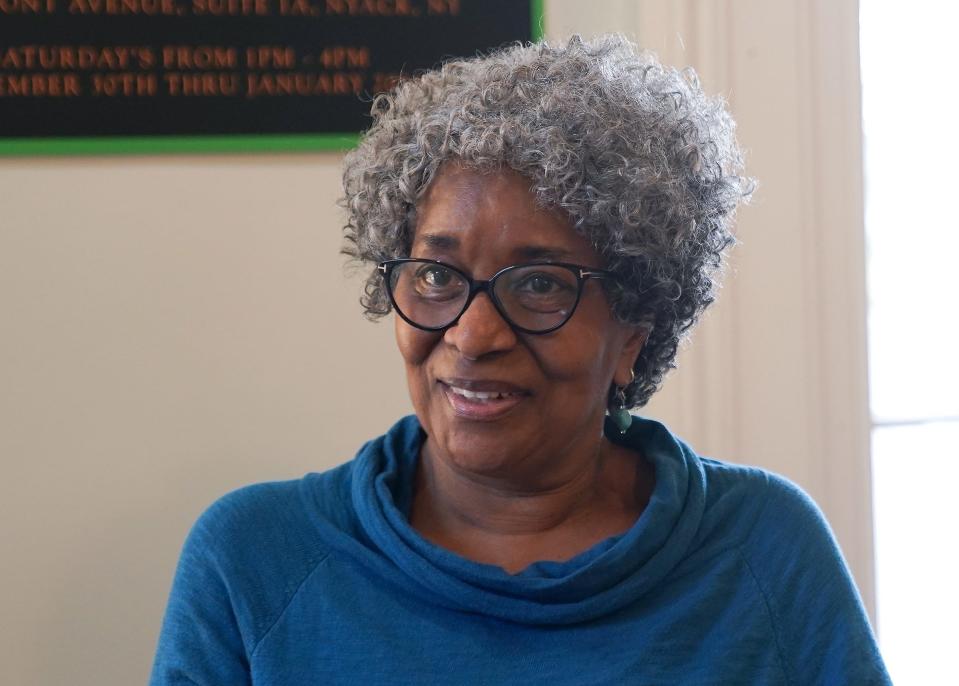
Through the society, she met Louise Parker, the former deputy mayor of the village and a member of one of the oldest Nyack families. Parker said both her maternal and paternal grandparents lived in Nyack, and she estimates her family has lived in the town for over 100 years.
The Black church is the centerpiece of community for many Black communities. It remains a powerful tool for community among Black populations in predominantly white towns.
"For many of us, the Black church has been the glue that helps us sustain, create community, not just spiritually but also communally," Ross said. "With all the hurdles and the barriers we've had to surpass in life generally, the church has been a life saver in many ways."
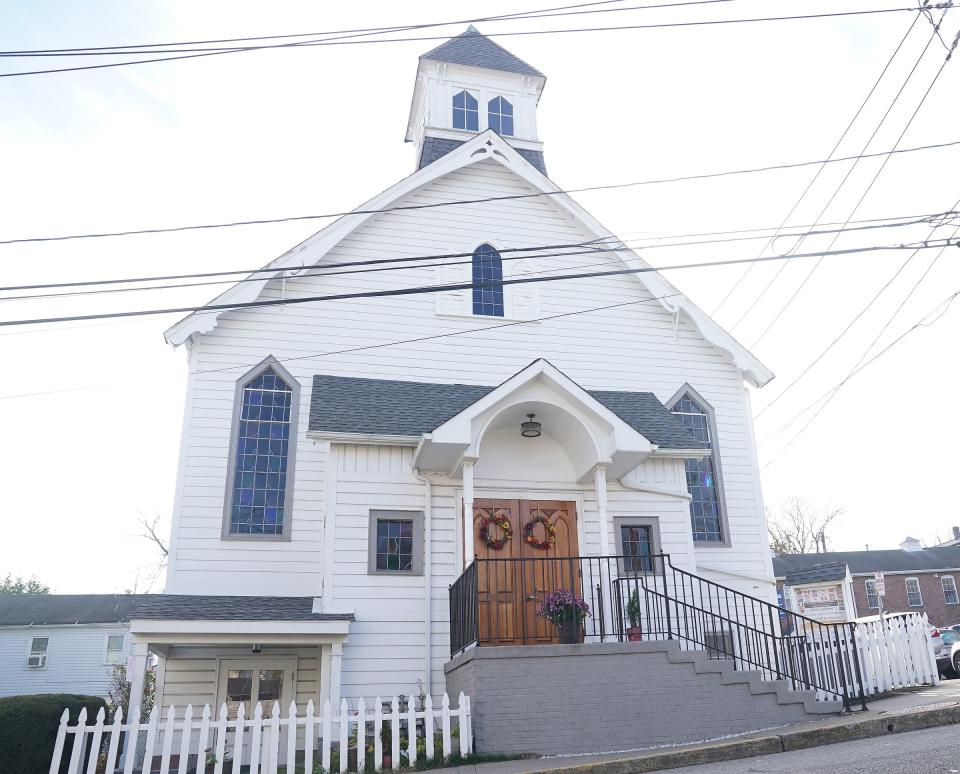
For the Black community in Nyack, the church has been especially vital for the preservation of culture in the community. But Ross says to understand the importance of the church, people need to go back to the founding of the county.
"I would like to highlight the Tappan Patent, because a lot of visitors don't realize that Rockland County was founded by 16 men from the Bowery that came here. Three of them were freed slaves that bought this land, 5,000 acres, and they divided it up," Ross said. "Nobody knows that any people of color were part of that land deal."
The Tappan Patent is the only land grant that "included Blacks and whites on an equal basis," according to the Nyack Historical Society.
"Even though it has nothing to do with church, people need to be grounded in that," Ross said. "This is where we started."
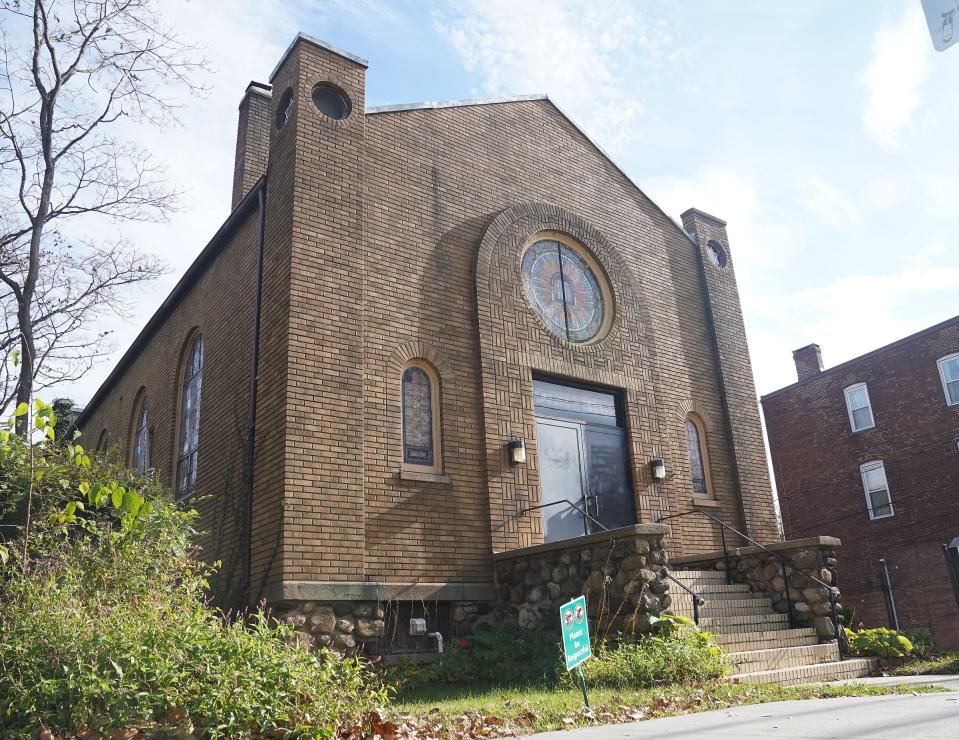
Nyack was a unique Hudson River town because of its predominantly Black community. It is well known an important New York hub for the Underground Railroad. Some of Nyack's Black families are well known names in the community, like the Parkers and the Easters, but Parker said that their history would have been lost if not for the institution of the Black church to cultivate culture and pass down legacies.
"The churches are important first because Nyack used to be a predominantly Black community. So that's how everyone fellowshipped and got together with everyone over the years," Parker said. "The church was always just a fixture."
Parker is also a lifelong member of St. Philips A.M.E. Zion church, one of the four churches featured in the exhibit and one of the oldest existing Black churches in Nyack.
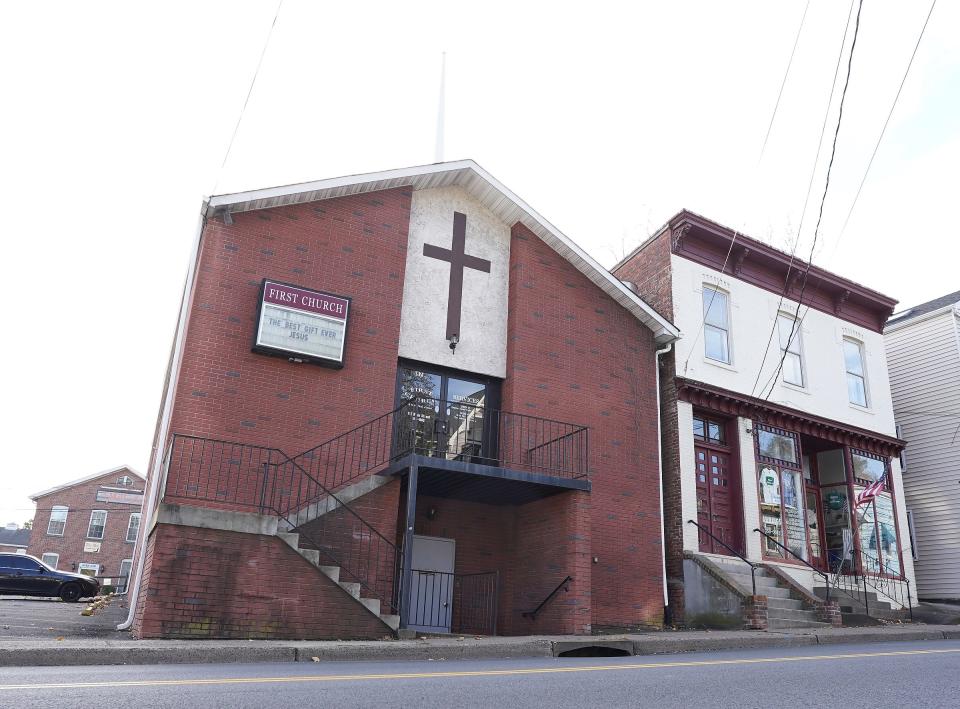
"St. Philips [my paternal grandmother's] church, so that's how we got engrained into going to St. Philips over the years," Parker said. "My maternal grandmother, she was a Baptist, so she was part of one of the Baptist churches in Piermont. But the church is the church for all intents and purposes. So we had a rich history, just going to church and being in a godly household."
Ross and Parker said that St. Philips A.M.E Zion church began with the help of a white Methodist abolitionist named John W. Towt. In 1859, he helped the Black community in Nyack develop a Sunday School. As membership grew, he helped the congregation buy their first church building on property he owned on Burd Street.
The Historical Society says the A.M.E. Zion church has often been called the "freedom church" because of its associations with abolition and civil rights. The Historical Society said that iconic leaders like Frederick Douglass, Harriet Tubman and Sojourner Truth were members of the church.
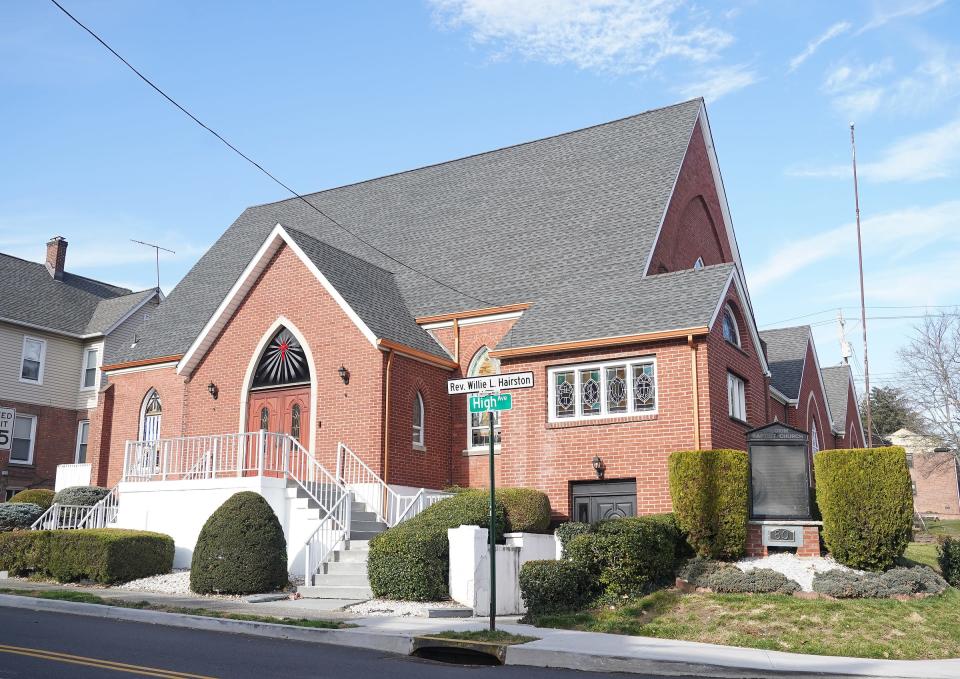
"[The church] was such a vital importance establishing that sense of values in your life," Parker said. "As children, you don't understand it but as you grow, you understand it from a different perspective. It has that sense of value that gets instilled in you so that you can continue the legacy and carry on the way things should be. We have to make sure that we maintain that standard and that value for the Black community."
Other churches like Pilgrim Baptist had more humble beginnings. According to the historical society, the church began on top of a carriage house on Burd Street in 1875. The church has seen many buildings over the years, from the carriage house to a room above a dry-goods store to a building next to the Black YMCA on Main Street in 1903.
A common trend in the history of Nyack's Black churches is their growth and expansion from small community gatherings to monumental spaces in different areas of the village.
First Church, formerly known as Hollingsworth Memorial Church, has been moved at least three times from building to building from their first gatherings in the 1930s to their current home established in 1995.
But the New York State Housing Authority's Urban Renewal project in the early 1960s was the force behind the moves, kicking Black families and churches out of their homes and forcing them to find other unoccupied buildings.
"When it first started, I was just a baby," Parker said. "But over the years, as you've seen things, [the Housing Authority] felt the need to, I guess "beautify" the village. They felt that the homes weren't kept up."
Now, the impacts of the Urban Renewal project have revealed a deep cut in the cultural preservation of Nyack's Black community.
"Just to put it bluntly, Nyack has become unaffordable for a lot of people.," Ross said. "Downtown Nyack was all Black when I grew up here. Before the Housing Authority took over, Black people owned homes. We moved three times in Nyack, and each time we rented from a Black homeowner."
Ross said Charlotte Eubanks, one of Nyack's most respected matriarchs, told her just a few years before she passed that the coveted Downtown waterfront was mostly Black and was referred to as "The Bottom." Parker said even the municipal parking lot between Main Street and Artopee Way used to be filled with Black-owned homes.
"They would come in and claim these homes as eminent domain even though people were still living there," Parker said. "I know a lot of Black families lived on Catherine Street. Then there was Burd Street that went all the way down to Broadway. Those were Black owned homes. Jackson Avenue, Black owned homes. All the way down to Broadway."
Ross said the cost of living in Nyack has risen so much that people who used to live in Nyack for decades are moving out to other places like Spring Valley, and taking the town's rich history with them.
"I'm in Nanuet and I'm fine with that," she said. "I just think these stories need to be told. I do worry that as time goes on, there won't be people here to tell them."
Parker said that while she was on the Village Board and acting as Deputy Mayor, she tried to advocate for her community and spoke up about the changes she was observing.
"This is something I always said to my fellow colleagues on the Village Board. We have to just remember the Black community," she said. "When we do our planning, right down to our budgeting and different things like that, we cannot forget that that's an entity within the community, within the village, that we still have to serve."
The demographics of the town may have changed, but the churches remain.
"I think the biggest part for me, and what I tried to instill within my son when he was younger, is that you're part of a bigger family," Parker said. "It's like you grow up within the church and everyone knows everyone so you become part of that bigger family of God."
The Black churches in Nyack continue to face struggles head-on right next to their community, but they stay standing as a fixture of a culture in danger. When First Church dedicated its' current building in 1995, local artist Bill Batson wrote that the architecture reflected the journey of the church.
"Howard Owens' design for this building makes it seem like it's clinging to the curve of the hill, refusing to surrender its hard-won foothold," Batson wrote.
"Four Black Churches" runs through January 2024. The Historical Society of the Nyacks is open on Saturdays from 1 to 4 p.m. 50 Piermont Ave, Nyack.
This article originally appeared on Rockland/Westchester Journal News: Four Black Churches highlights Nyack NY history dating back to 1800s

